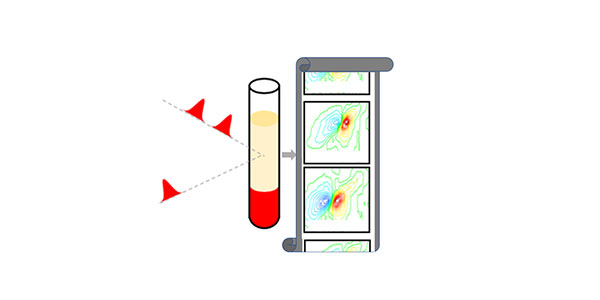York to upscale analytical technology for drug design and biomedical diagnostics
York researchers are leading a team that will receive £450k to create the world's first high throughput two-dimensional infrared (2D-IR) screening facility for the pharmaceutical and healthcare sectors.

2D-IR spectroscopy uses state-of-the-art lasers to excite vibrations of molecules and make a sensitive 'map' of the 3D structures and intermolecular interactions of proteins and DNA.
However, water present in biological samples absorbs infrared light, obscuring signals from biomolecules. World-leading research led by the University of York, in collaboration with the Central Laser Facility, has developed a patent-pending method to suppress these water signals enabling proteins or DNA to be cleanly measured.
Principal Investigator Professor Neil Hunt, from our Department of Chemistry, explains: “This exciting new development means 2D-IR spectroscopy measurements of protein structure and dynamics can be performed in physiologically relevant solvents and biofluids, paving the way to 2D-IR use in drug design and biomedical analysis.”
To develop the project, York, in partnership with global biopharmaceutical company UCB Pharma, medical technology SME Dxcover Ltd and the STFC Central Laser Facility, has received a grant from the UK Research and Innovation Science and Technology Facilities Council (UKRI-STFC) to move 2D-IR spectroscopy from a research laboratory to industrial-scale screening tool.
Richard Taylor, Director of Molecular Spectroscopy, Protein Structure and Biophysics at UCB Biopharma, said: "UCB identified the potential of 2D-IR as a unique structural biology tool several years ago and through our long-standing collaboration with Neil and the Central Laser Facility, we have demonstrated that it is an extremely powerful technique for analysis of protein dynamics and conformational change. We are now excited by the ability to take this research further through this partnership."
The team aims to progress the commercialisation of the tool by demonstrating how it can be used for applications in the pharmaceutical and biomedical sectors.